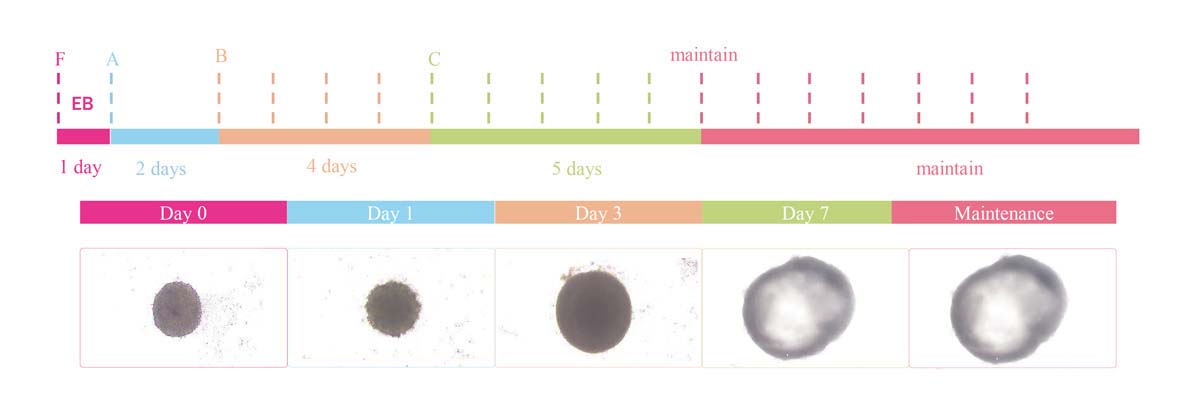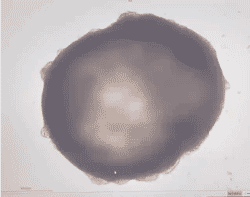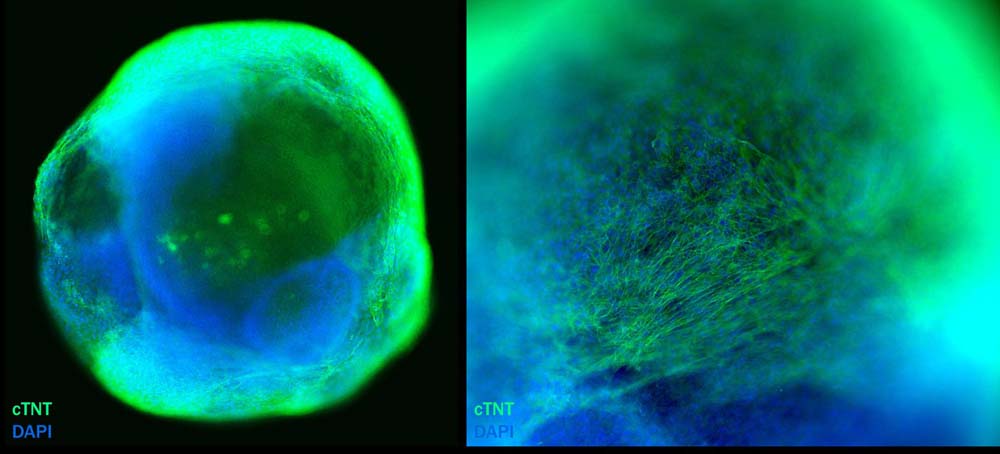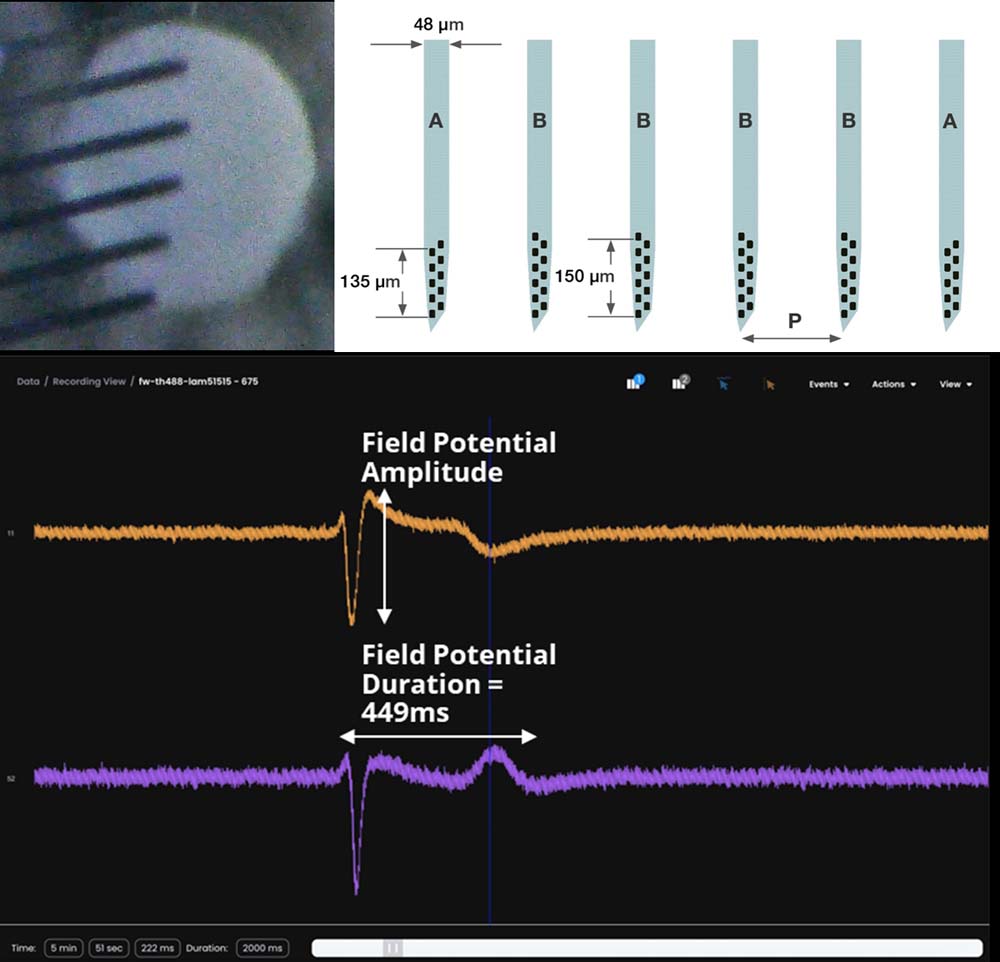产品描述(Product Details)
Cardiac organoids are three-dimensional in vitro models with a cellular composition and structural organization that is representative of the human heart. Human iPSC-Derived Cardiac Organoids are differentiated from human iPSCs using Human iPSC-Derived Cardiac Organoid Differentiation Kit (Catalog No#: RIPO-HWM002K). Differentiation was carried out by forming EBs from PSC at an ultra-low attachment interface, and then changing the medium according to the instructions. A spontaneously beating cardiac organoid with a cavity can be seen between days 9 and 13 of the onset of differentiation. Cardiomyocytes, key cellular component of cardiac organoid, are responsible for the beating of the cardiac organoids. The beating rate of the formed cardiac organoids increases dramatically when stimulated with isoproterenol or forskolin, and there is a linear relationship between the concentration of the drug and the beating rate over a range of concentrations.
产品特征(Product Specification)
The live organoids are ready-to-use organoids that are delivered in shipping medium and has to go through a 48h recovery process according to instruction.
存储(Storage)
After recovery, please store the organoid in its maintenance medium under the correct incubation condition and medium changing process.
产品示意(Product Diagram)

Protocol Diagram of cardiac organoid differentiation.
验证数据(Validation Data)
Organoid Histology and State

The cardiac organoids differentiated using the Human iPSC-Derived Cardiac Organoid Differentiation Kit (Ca. No. RIPO-HWM002K) show regular beating from day 7-13 of differentiation.
Marker Expression

The cardiac organoids differentiated using the Human iPSC-Derived Cardiac Organoid Differentiation Kit (Ca. No. RIPO-HWM002K) demonstrate the expression of cardiomyocyte marker cTnT (green).
Organoid Activity

The electrical activity of the cardiac organoids differentiated using the Human iPSC-Derived Cardiac Organoid Differentiation Kit (Ca. No. RIPO-HWM002K) was recorded using silicon probes (Ca. No. P64-7), revealing electrophysiological activity that closely resembles that of the actual human heart.























































 膜杰作
膜杰作 Star Staining
Star Staining











